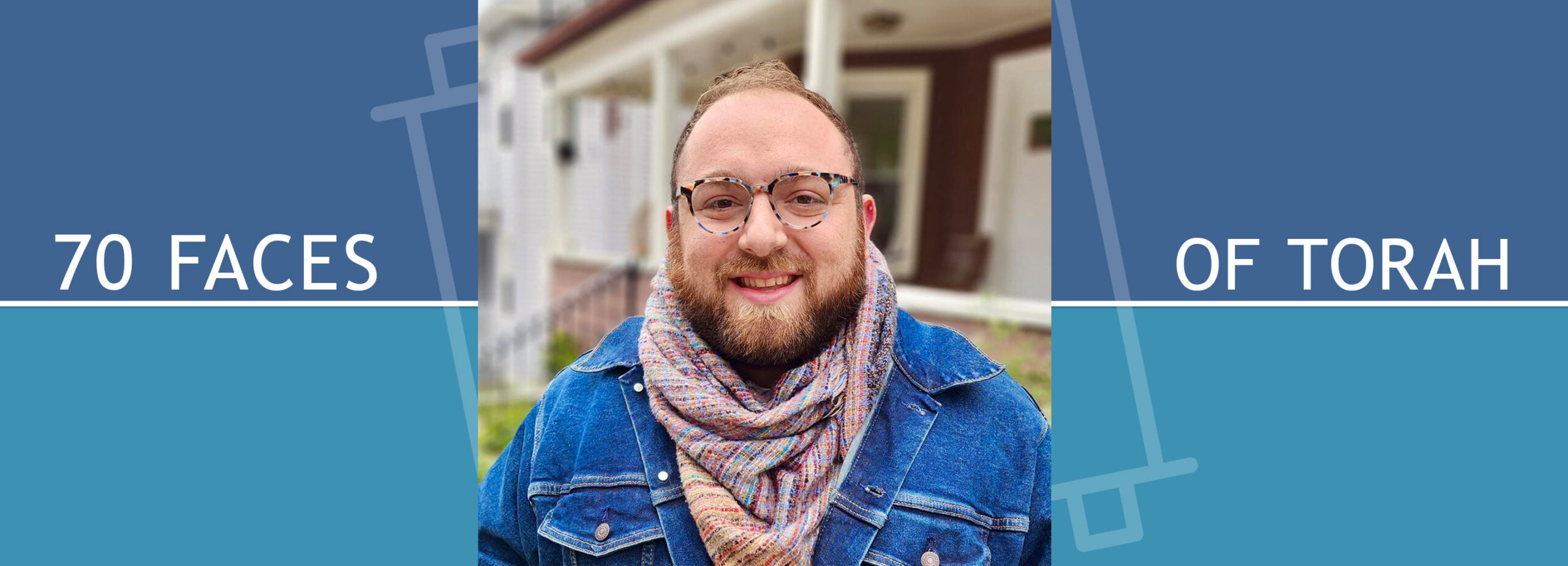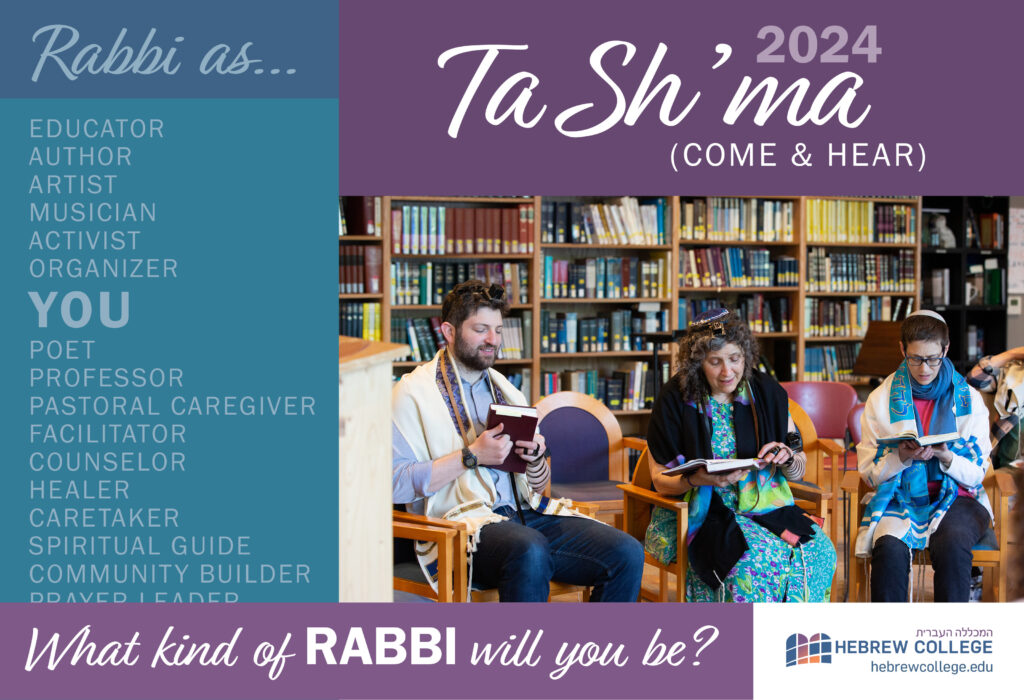Holidays Finding the Etrog’s Beauty

For many years, I could hardly stand to enter a synagogue on Rosh Hashanah and Yom Kippur. Overwhelmed by the intensity of the High Holidays, its liturgy demanding that I declare myself of little merit, and its incredible emphasis on mortality; I spent several rounds of the yamim nora’im in solitude, contemplation, and protest. Only outside the bounds of prayer and community would I consider the year that was, and anticipate the year to come. This practice—or lack thereof—shifted when I spent Yom Kippur on the edge of a crater in the Negev desert, Makhtesh Ramon. I still remember the silence that enveloped me as I got off the bus from Jerusalem and reached the town of Mitzpeh Ramon. Yom Kippur announced itself through the sole sound of blood rushing through my ears.
I had come with a mission. I wanted to reform my relationship to this time of the Jewish calendar. In imitation of my ancestors, the ancient Israelites, I used the desert to renew my connection to Judaism and to God. I told myself that I would spend the 25 hours of Yom Kippur doing whatever I wanted. There were no obligations, no expectations. Only myself and the expanse of the crater before me.
I spent the night watching stars fly through the sky. I looked at a moon that seemed so close, I could reach out and hug it. I walked through the rusted-over sculpture garden in the corner of the town. I watched the sun rise. I watched the sun set. I slept. I read the Book of Jonah. Twice. I sang.
I cried.
In fact, I cried much of the day; more tears than I knew I had in my body. Releasing the tension of opposition to these holidays—opposition that had lived in my body for years—I finally felt at peace and at one with the day.
There is a teaching found in Sichot HaRan—a compilation from the great Hasidic rebbe Nachman of Breslov recorded by his disciple Rabbi Natan of Nemirov—regarding tears on Rosh Hashanah and Yom Kippur and their relationship to the holiday of celebrated vulnerability—Sukkot. The teaching centers around the metaphor of an etrog—the citron fruit used in ritual on the holiday. The etrog is known both for its enchanting smell and beautiful appearance—it is the example par excellence of the practice of hiddur mitzvah (beautification of commandments); the more wonderful the etrog, the greater merit one is said to receive. Rabbi Natan records, “Rosh Hashanah and Yom Kippur determine the beauty of the etrog… The people of Israel are like a crying child on the High Holidays who awaken God’s mercy. Thus, the people of Israel deserve a beautiful etrog. And whosoever cries more—and embodies this quality of a crying child—deserves to have a more beautiful etrog.” (Sichot HaRan; Chapter 87)
This statement is not an insistence that reward comes through hurt—that would be foolish—but rather a reflection on the power of tears to help us see what is truly there. It is the tears that flow on Rosh Hashanah and Yom Kippur that allow us to appreciate the beauty of the etrog—of the world around us. The denouement of the High Holiday season, Sukkot provides us a reentry to the world after the drama of the previous two holidays. It is a week that celebrates impermanence, the elements, and, of course, joy. Rabbi Alan Lew remarks in his classic, This is Real and You Are Completely Unprepared, “…when we speak of joy here, we are not speaking of fun. Joy is a deep release of the soul, and it includes death and pain. Joy is any feeling fully felt, any experience we give our whole being to. We are conditioned to choose pleasure and to reject pain, but the truth is, any moment of our life fully inhabited, any feeling fully felt, and any immersion in the full depth of life, can be the source of deep joy.”
The tears I cried at the side of that crater, gazing at the beautiful world that God has created—the world that we are partners in cultivating, constituted a fully inhabited moment. It was honest. It was genuine. These were tears of sadness and anger, gratitude and joy. Just as Rabbi Natan suggested, the tears of that Yom Kippur allowed me to be more fully present with the world—to inhabit it in all of its fullness. They allowed me to see what was to come after sundown of Yom Kippur—to receive and bear witness to the beauty of the etrog, of what my life has to offer. Being in close touch with our most deeply held emotions is what allows us to see the world in its entirety—in its dark, painful, and wonderful beauty.
At the close of Sukkot, on Shemini Atzeret, we begin to add prayers for rain to our daily liturgy. We ask God to give the proper amount of rain at the proper time. However, we ourselves can be the source of this holy, needed water. Our tears can allow us to see the truth that lies hidden, the growth that might otherwise stay dormant without intervention. Our tears have the power to activate our innermost selves—to see the etrog for its beauty and for its bumps. Just as we pray for the rain to fall and bring sustenance with it, so too must we pray to feel and exhale our tears so that we can sustain ourselves and each other. And so, while we will soon begin to say, Blessed are you, God, who makes the wind blow and brings down the rain, may we learn to add, Blessed are we whose tears allow us to experience the joy of living. In this new Jewish year, may our tears flow in acknowledgment of the vulnerabilities that come with being human, in appreciation of the gifts and beauty present in our lives; that our eyes may be opened wide to see them.
Rafi Ellenson (he/his/him) is a student at the Hebrew College Rabbinical School and the Rabbinic Intern at the Miller Center for Interreligious Learning & Leadership. Prior to rabbinical school he lived in Jerusalem working for the Hotline for Refugees and Migrants and for 0202: Points of View from Jerusalem. While in Jerusalem, he was awarded the Dorot Fellowship where he studied literary translation. In rabbinical school, he has worked as the Associate Director of the Dignity Project, Rabbinic Intern and Lead Facilitator of the Bronfman Fellowship, and as the Director of Hebrew Programming at URJ Olin-Sang-Ruby Union Institute (OSRUI). Rafi’s writing has been published in Verklempt!, Ayin Press, and Jewish Currents and he is the Hebrew translator of a collection of haiku by the poet E. Ethelbert Miller, the little book of e (City Point Press, 2024). He is a graduate of the Individualized Bachelor of Arts program at Goddard College in Plainfield, VT.
Meet students and faculty at one of our fall open houses, Ta Sh’ma (Come & Hear) November 18 (in-person) or online (Dec. 8). Learn more and register.
Explore Graduate Programs Tamid Adult Learning Classes Support Our Work


